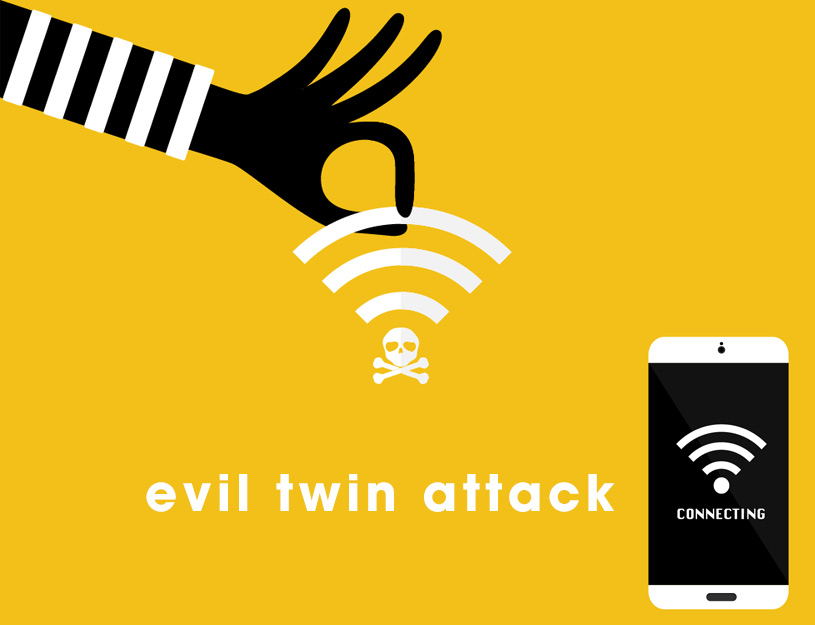
The discovery of new vulnerabilities like CVE-2024-3094 reminds us of the ongoing battle in cybersecurity. This particular flaw in xz-utils versions 5.6.0 to 5.6.1 puts Kali Linux users at significant risk. It introduces a backdoor, highlighting the crucial need for vigilance and timely security updates.
Background on the Vulnerability of CVE-2024-3094
Discovery and Context: Cybersecurity researchers recently identified the CVE-2024-3094 vulnerability in xz-utils. Their continuous monitoring of software components in security-focused systems like Kali Linux led to this discovery.
Technical Specifics: A backdoor in xz-utils versions 5.6.0 to 5.6.1 poses a significant security risk. It potentially allows unauthorized system access.
Timeline and Exposure: Kali Linux distributions included the compromised xz-utils versions from March 26th to 29th, 2024. This period marks a critical window of vulnerability for users updating their systems.
Impact and Response: The Kali Linux community and developers responded quickly to the vulnerability. They worked to mitigate the risk by urging users to update their systems.
Technical Overview of CVE-2024-3094
The CVE-2024-3094 vulnerability introduces a sophisticated backdoor in xz-utils. It poses a real threat by enabling unauthorized code execution. This backdoor allows attackers to intercept and alter data stealthily. Such intricacy highlights the need for strong security protocols and quick system updates.
Implications for Users and Systems
The CVE-2024-3094 vulnerability’s implications are far-reaching. It threatens the confidentiality, integrity, and availability of data and services. Vulnerable systems risk unauthorized access, potentially leading to data breaches or damage. Organizations might face operational and reputational harm.
Steps to Mitigate the Vulnerability
Users must update their Kali Linux systems immediately to address the vulnerability. Following Kali Linux’s official patching guidelines is crucial. Additionally, users should regularly apply security patches and conduct system audits.
Conclusion
The vulnerability incident serves as a critical reminder of the digital landscape’s risks. It underscores the need for constant vigilance, updates, and a proactive security culture. We all share the responsibility to keep our digital infrastructure secure against evolving threats.
References
- Kali Linux Twitter Alert: Kali Linux Tweet
- GitHub Technical Details: GitHub Gist
- NIST

The discovery of new vulnerabilities like CVE-2024-3094 reminds us of the ongoing battle in cybersecurity. This particular flaw in xz-utils versions 5.6.0 to 5.6.1 puts Kali Linux users at significant risk. It introduces a backdoor, highlighting the crucial need for vigilance and timely security updates.
Background on the Vulnerability of CVE-2024-3094
Discovery and Context: Cybersecurity researchers recently identified the CVE-2024-3094 vulnerability in xz-utils. Their continuous monitoring of software components in security-focused systems like Kali Linux led to this discovery.
Technical Specifics: A backdoor in xz-utils versions 5.6.0 to 5.6.1 poses a significant security risk. It potentially allows unauthorized system access.
Timeline and Exposure: Kali Linux distributions included the compromised xz-utils versions from March 26th to 29th, 2024. This period marks a critical window of vulnerability for users updating their systems.
Impact and Response: The Kali Linux community and developers responded quickly to the vulnerability. They worked to mitigate the risk by urging users to update their systems.
Technical Overview of CVE-2024-3094
The CVE-2024-3094 vulnerability introduces a sophisticated backdoor in xz-utils. It poses a real threat by enabling unauthorized code execution. This backdoor allows attackers to intercept and alter data stealthily. Such intricacy highlights the need for strong security protocols and quick system updates.
Implications for Users and Systems
The CVE-2024-3094 vulnerability’s implications are far-reaching. It threatens the confidentiality, integrity, and availability of data and services. Vulnerable systems risk unauthorized access, potentially leading to data breaches or damage. Organizations might face operational and reputational harm.
Steps to Mitigate the Vulnerability
Users must update their Kali Linux systems immediately to address the vulnerability. Following Kali Linux’s official patching guidelines is crucial. Additionally, users should regularly apply security patches and conduct system audits.
Conclusion
The vulnerability incident serves as a critical reminder of the digital landscape’s risks. It underscores the need for constant vigilance, updates, and a proactive security culture. We all share the responsibility to keep our digital infrastructure secure against evolving threats.
References
- Kali Linux Twitter Alert: Kali Linux Tweet
- GitHub Technical Details: GitHub Gist
- NIST







